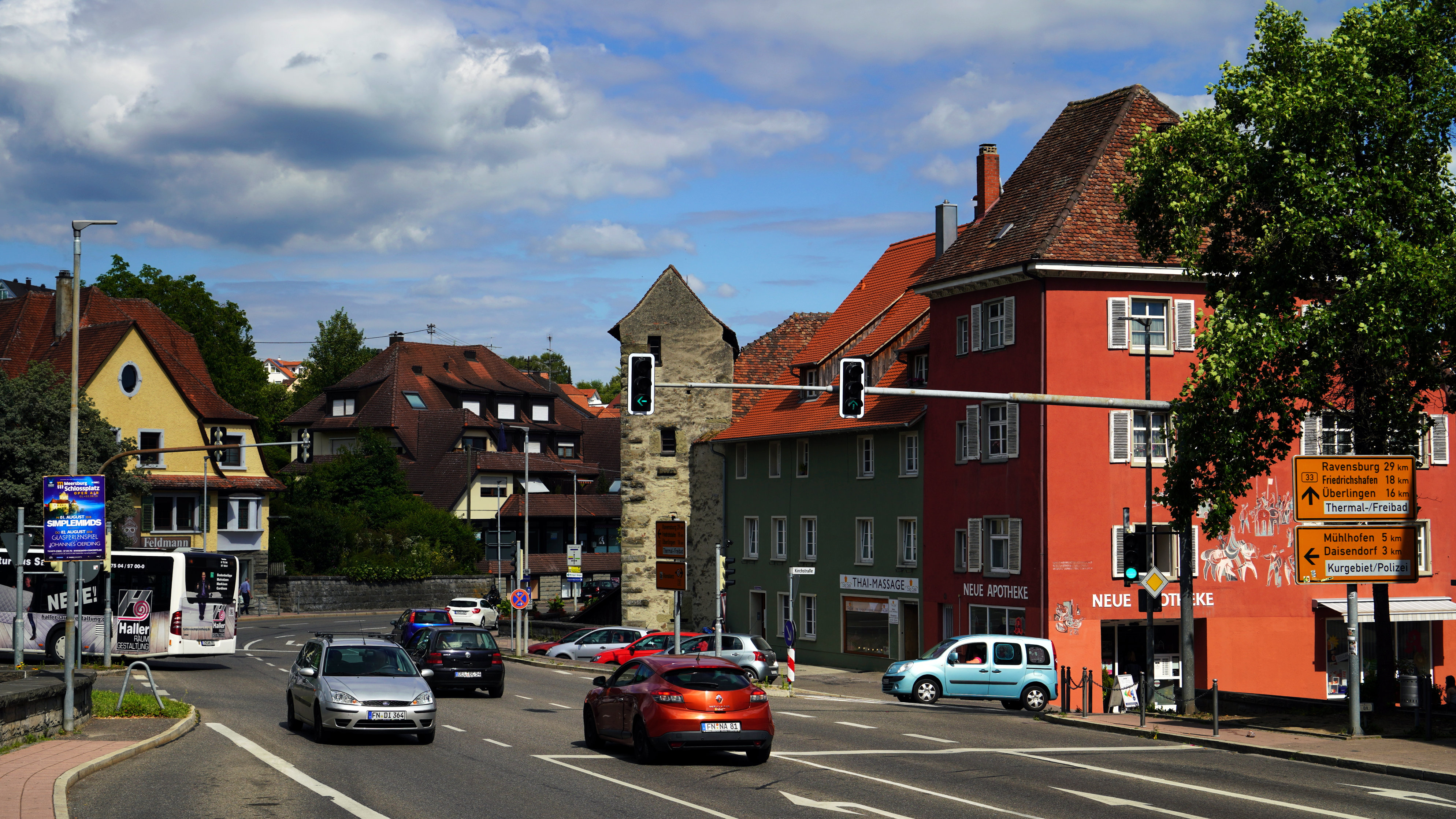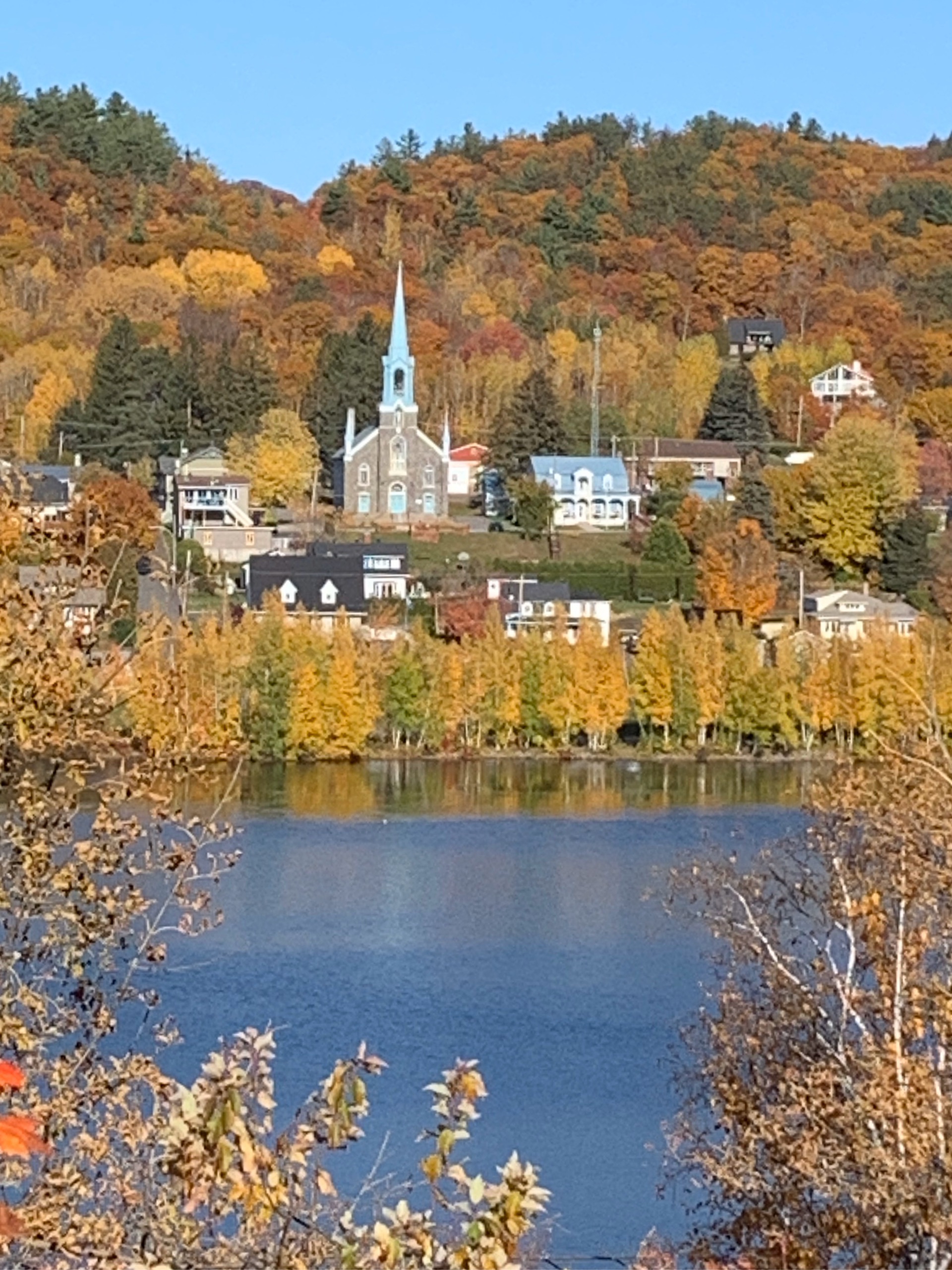Global Travel Information
Lake Constance, Germany/Switzerland/Austria
Lake Constance: A Jewel at the Heart of Europe
Nestled between Germany, Switzerland, and Austria, Lake Constance—or Bodensee as it is known in German—is one of Central Europe’s most enchanting natural wonders. Spanning approximately 536 square kilometers, this vast freshwater lake is a hub of culture, history, and outdoor adventure. Its shores are dotted with medieval towns, vineyards, and alpine vistas, making it a destination that captivates visitors year-round.
Geography and Formation
Lake Constance is unique in that it is shared by three countries. The northern shore belongs to Germany (Baden-Württemberg and Bavaria), the southern shore to Switzerland (primarily the cantons of Thurgau and St. Gallen), and a small eastern section to Austria (Vorarlberg). The lake itself is divided into two main basins: the larger Obersee (Upper Lake) and the smaller Untersee (Lower Lake), connected by the Rhine River, which flows through the lake before continuing its journey to the North Sea.
Formed during the last Ice Age by glacial activity, Lake Constance is fed primarily by the Alpine Rhine. Its crystal-clear waters and mild climate have fostered a rich ecosystem, supporting diverse fish species and serving as a critical stopover for migratory birds.
Cultural and Historical Significance
The region around Lake Constance has been inhabited since prehistoric times, with evidence of Neolithic pile-dwelling settlements—some of which are now UNESCO World Heritage Sites. The Romans later established towns like Brigantium (modern-day Bregenz), and during the Middle Ages, the lake became a vital trade route, linking southern Germany to Italy via the Alpine passes.
One of the most iconic landmarks is Mainau Island, often called the "Flower Island" for its lush botanical gardens and Baroque palace. Owned by the Bernadotte family, Mainau is a horticultural masterpiece, drawing thousands of visitors each year.
Another historical gem is Konstanz (Constance), the largest city on the lake. Its well-preserved medieval old town, dominated by the majestic Konstanz Cathedral, tells tales of the Council of Constance (1414–1418), where the Catholic Church resolved the Western Schism. Nearby, the Island of Reichenau, a UNESCO site, is famed for its 8th-century monastery and exquisite medieval frescoes.
Outdoor Adventures and Activities
Lake Constance is a paradise for nature lovers and adventure seekers. The lake’s calm waters are ideal for sailing, windsurfing, and swimming, while its scenic cycling paths—like the 270-kilometer Bodensee Cycle Path—offer breathtaking views of the Alps and vineyards.

Hikers can explore the Pfänder Mountain near Bregenz, accessible via a cable car, which rewards climbers with panoramic views of the lake and three countries at once. In winter, nearby Alpine resorts provide excellent skiing opportunities.
For a more leisurely experience, lake cruises connect major towns, allowing travelers to hop between countries effortlessly. The White Fleet (Weiße Flotte) operates regular services, including sunset dinner cruises that showcase the lake’s serene beauty.
Culinary Delights and Wine Culture
The Lake Constance region is a gastronomic delight, blending German, Swiss, and Austrian influences. Freshly caught whitefish (Felchen or Blaufelchen) is a local specialty, often served pan-fried with butter and herbs. Another must-try is Swiss cheese fondue or German-style sausages paired with regional wines.
The lake’s northern shore, particularly the Hegau region, is renowned for its vineyards. The mild microclimate allows for the cultivation of crisp Pinot Noir (Spätburgunder), Müller-Thurgau, and Riesling wines. Many wineries offer tastings and tours, making it a perfect stop for oenophiles.
Festivals and Events
Lake Constance comes alive with cultural events throughout the year. The Bregenz Festival, held on a floating stage on the lake, is a world-famous opera and theater spectacle. Meanwhile, Konstanz’s Carnival (Fasnacht) rivals those of Venice and Cologne with its vibrant parades and masked balls.
In summer, lakeside towns host open-air concerts and wine festivals, while Christmas markets transform the region into a winter wonderland, with stalls selling handmade crafts and mulled wine.
Sustainable Tourism and Conservation
As tourism grows, efforts to preserve Lake Constance’s pristine environment have intensified. Strict water quality controls ensure the lake remains one of Europe’s cleanest, while eco-friendly initiatives promote sustainable travel. Visitors are encouraged to use public transport, including the efficient train and ferry networks, to minimize their carbon footprint.
Conclusion
Lake Constance is more than just a body of water—it’s a crossroads of cultures, a haven for nature, and a testament to Europe’s rich heritage. Whether exploring its historic towns, indulging in local flavors, or simply soaking in the alpine scenery, travelers will find an unforgettable experience at every turn. For those seeking a blend of relaxation and adventure, Lake Constance is truly a jewel worth discovering.
相关文章
- Elbe River Archaeological Sites: Ancient Finds Near the Water
- Elbe River Botanical Gardens: Flowers & Plants Along the Banks
- Elbe River Zoos & Aquariums: Family Fun Near the River
- Elbe River Amusement Parks: Rides with River Views
- Elbe River Camping Spots: Pitch a Tent by the Water
- Elbe River Glamping Sites: Luxury Camping Along the Banks
- Elbe River RV Parks: Stay in Your Camper Near the River
- Elbe River B&Bs: Cozy Accommodations with a Personal Touch
- Elbe River Hostels: Budget Stays for Young Travelers
- Elbe River Business Travel Guide: Meetings & Events Near the Water
发表评论
评论列表
- 这篇文章还没有收到评论,赶紧来抢沙发吧~


